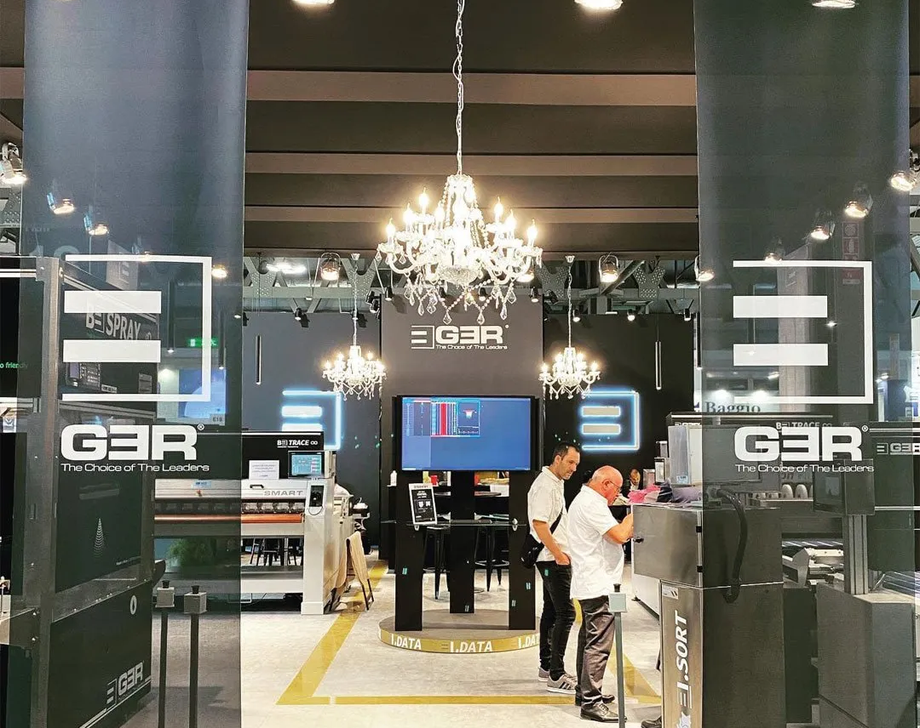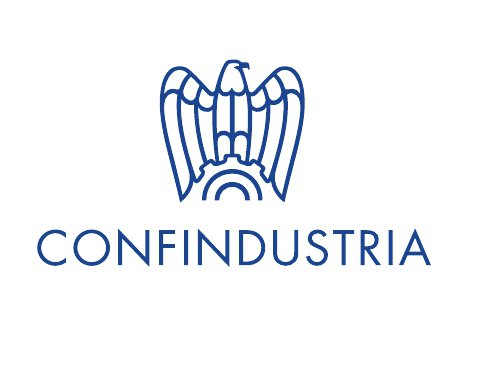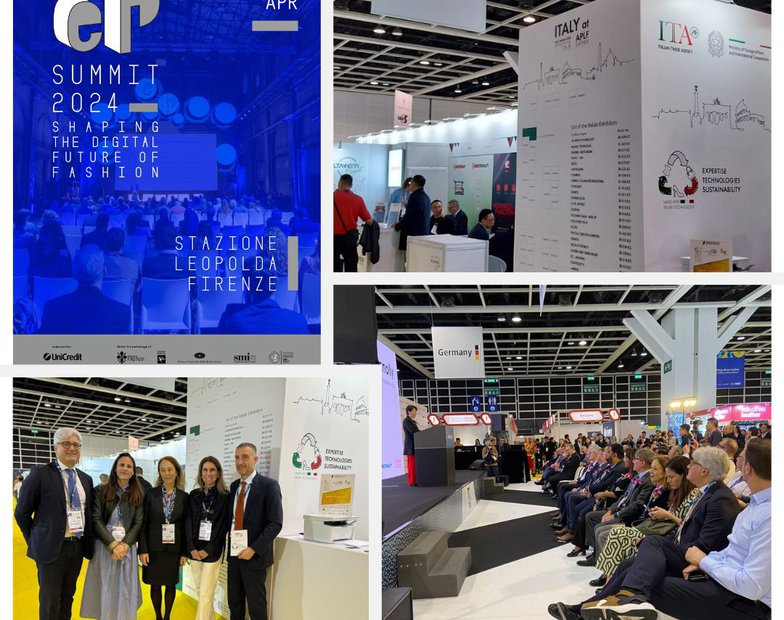A few months after the launch of B-Process, we asked Cesare Dal Monte, Managing Director of GER Elettronica, to make a brief overview on the brand-new 4.0 concept of leather traceabilit [By MpaStyle]
“Globalization has inevitably affected the leather supply chain. Generally, the brands and retailers supply networks include more and more levels, often spread over different continents. Due to this complexity it is difficult to control all steps and guarantee quality, procurement and logistics, all further worsened by the vast network of independent suppliers, producers and raw materials sources throughout the leather sector. GER, the world’s first manufacturer of electronic surface measuring machines for finished leathers, a real pioneer in its sector, promotes the ambitious project of the “tannery of the future” through the creation of a new way of interpreting measurement, that is, a management global system carried out with the analysis of digital data to support the entire production process where traceability plays a major role. The ability to control the life of an animal, from farm to shop, was once the dream of luxury brands and companies. It is now coming true because, with the possibility and ability to track leather throughout its journey, brands now want to source only from suppliers who offer fully traceable leathers.”
Ingegner Dal Monte, you recently launched the B-Process, a new concept that increases the quality of processes, saves resources and, above all, digitizes the know-how of the tannery so to archiving data related to each single leather. How is this project going on?
“We participated in the fair by focusing our communication on the topics we talked about a few months ago and presenting, as a world and sector premiere, the simulation of a complete process. We started with our machines that are used in the early stages of leather processing, and then gradually moved on to machines dedicated to other processes, up to the final one dedicated to measurement that converted the traceability of the leather directly into a label that the end customer could recognize.”
So it was concrete example of how B-Process works, correct?
“Exactly. We installed B-Process on all our systems and then we made it possible to see first-hand that a hide, introduced into this flow, was followed along its entire path up to the shipment to the final customer with specific labeling. In this way, through a very simple app that can be downloaded from Google Play or Apple Store, the recipient could easily read the QR code with which the leather was processed. Obviously, all the data of the single leather that the machine provided during processing were combined with this process code.”
In Germany, at the very beginning of the project, you had already received very positive feedback. What happened after the fair?
“There’s been a lot of interest especially with regard to traceability, because this seems to be the next frontier, not the last one. The general interest is to safeguard the environment and counteract mechanical deforestation to promote circularity, sustainability and everything we need for a sustainable recovery. There is a lot of interest, mostly coming, I must say, from South America.”
Why South America in particular?
“There is also a practical explanation: the states of South America do not have the same legislation as we do in Europe. In those countries there is no concept of animals traceability, and consequently of leather, while throughout the European Community the law that dictates that every single animal must also be traced during its life. This does not happen there, consequently, when the South American leather manufacturers work with well-known brands or with the automotive sector which require to show the origin of leathers, they need to find a system to do so. Some of these, which are multinationals that include both farms and tanneries, perhaps already equipped with their own systems, are still very interested in developing them, while others, which are simple tanneries, need to include them in their productive process”.
How have other countries reacted to this innovation?
“Overall, I cannot complain about the outcome of the fair, considering that the stand has always been crowded. I have seen few Italians but this is probably due to the fact that we meet our compatriots more or less every day. We expected it. Europeans came, while we saw only a couple of people from the United States. In any case, they were all interested in the concept of traceability combined with data and therefore the possibility of making the process more efficient.”
The foundations have been laid…
“We are still in an initial phase even if we are witnessing from many sides conferences, seminars, let’s call them ‘inputs’, both cultural and economic, towards concepts – such as sustainability and circularity – that we have been pursuing for some time. We have excellent feedback from the new generations who are approching the tannery world, supporting their fathers or taking their place. For them, who, in most cases, attended universities and studied about technical or IT subjects, it is easier to come into contact with our world rather than with the more traditional tannery setting. Today” “there is a need to evolve in terms of tools and systems, but also in terms of management and, therefore, of skills. I see that young people are much more open to this type of approach and, those few youngsters who pursue a career as a tanner, are much more inclined to it than the more classic entrepreneur. So this lets us say that this is the right direction for the future.”
As you just said, the new generations are much more flexible because they are already used to take advantage of new technologies, especially electronic ones…
“…and they also care much more about sustainability and the environment: this is the other great aspect that we are discovering as we move into the market. Recently, like Assomac, we organized a course with some Bocconi professors and it has emerged, thanks to their constantly updated viewpoint, that this is the trend: the young part of the population – this applies to the whole world – shows considerable attention to sustainability and respect for the environment. And this obviously goes through digitization, which is essential.”
What do you expect from the next future? Will this generational change lead to greater awareness and therefore to a paradigm shift?
“The prospects, from our point of view, are quite good. If you asked me today what 2023 will be like, my answer would be: everyone tells us that next year will be negative. We took as much precautions as possible to face this challenge with tools that are not only dedicated to production and increasing volumes, because sustainability, let’s be honest, means producing less. The term sustainability implies a reduction in volumes, it does not mean increasing them. Produce less, but better. And since the new topics we are focusing on are developed according to this philosophy – to produce better and with less environmental impact, – I can say that we are definitely future-oriented.”
What’s your forecast for 2023?
“I believe that the first six months, given the situation we are experiencing, won’t be exciting, but we will need that time to work and to spread this innovation even more. The world won’t stop, but I am very optimistic about what will be the fallout that these new systems will have in the world and in our sector. We are there!”



